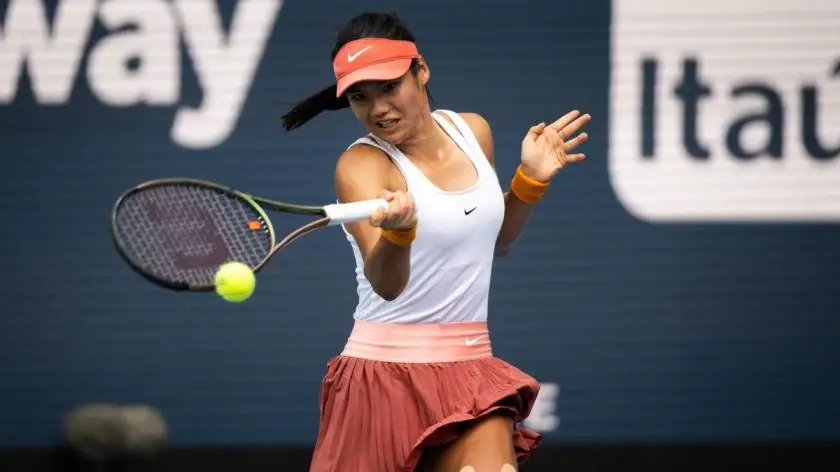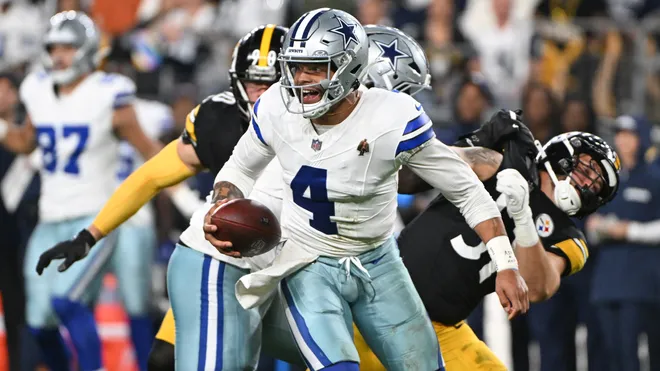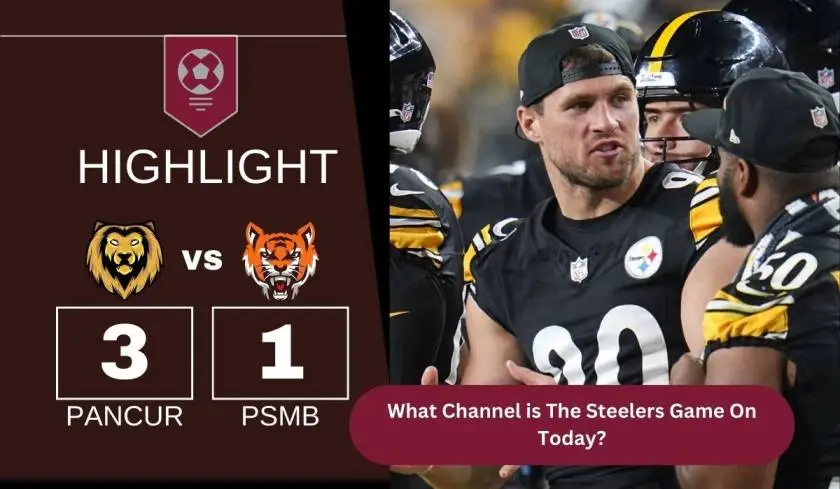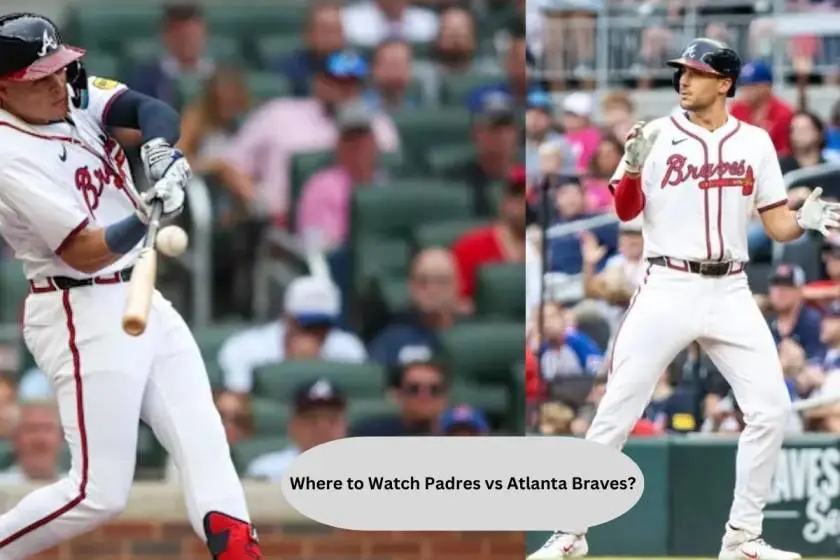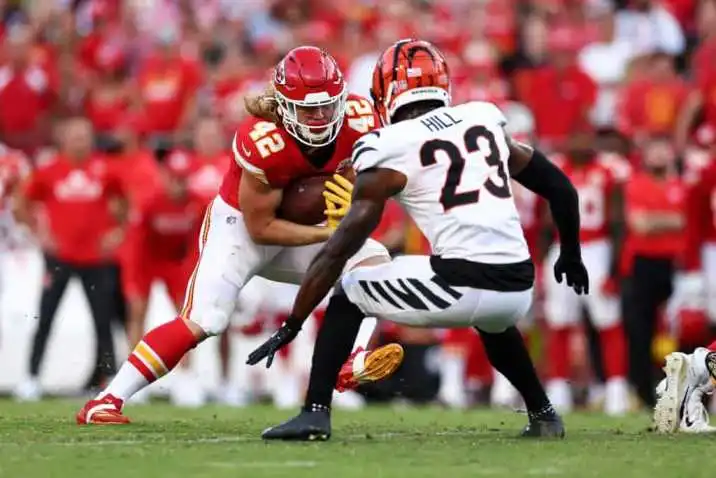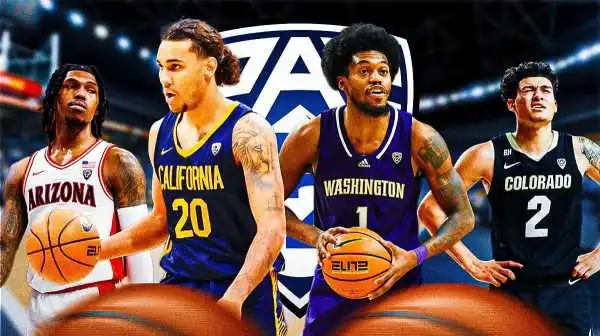
Future Players Take a Big Hit as M.L.B. Navigates a Crisis
Major league teams used to draft as many players as they wanted. The first baseball draft, in 1965, lasted 72 rounds, until only the Houston Astros were left picking. Recent drafts have been capped at 40 rounds.
Now, in this strangest of years, the draft could be whittled to five rounds. That option was made official on Friday when players and owners reached agreement on a set of ground rules for a season thrown into upheaval by the coronavirus pandemic. With no scheduled starting date for this suspended season — and June 1 an optimistic guess — the sides were all but blindfolded while considering how to proceed.
“The principal challenge of this negotiation, for both sides, was the enormous amount of uncertainty around the 2020 season,” said Morgan Sword, Major League Baseball’s executive vice president for economics and operations. He added: “It’s in everybody’s interests to play as many games as possible.”
At least from the league’s perspective, the opposite may be true for the draft. This year’s event was supposed to be a cause for celebration: It would be the first held in Omaha, Neb., to coincide with the College World Series there. That plan fizzled with the cancellation of the College World Series, and M.L.B. was hesitant to conduct a draft at all — why welcome a new slice of the work force to an industry on hold?
Tony Clark, the executive director of the players’ association, stressed the importance of keeping at least some of the draft.
“The players were committed to preserving entry in some form, which was quite different than what was being represented from the other side,” Clark said on a conference call with reporters Friday. “Eventually we reached a compromise. It wasn’t perfect, but we were able to keep the flow of amateurs in place for this year.”
Latest Updates: Coronavirus Outbreak
- New infections in U.S. soar and the nation is warned that 200,000 could die.
- White House scientific advisers offer a grim outlook, leading Trump to extend social distancing guidelines.
- Prime Minister Benjamin Netanyahu of Israel goes into isolation after a close associate tests positive.
In the new agreement, M.L.B. holds the right to shorten the draft — which could take place on its original date, June 10, or later in the summer — to as few as five rounds this year, and as few as 20 in 2021. Player bonuses will also be largely deferred: Draftees will get a maximum of $100,000 immediately, and the rest in equal installments in 2021 and 2022.
Bonuses exceeding $20,000 for undrafted players would count against each team’s bonus allotment. Previously, undrafted players could sign for as much as $125,000.
“My first thought is that a lot of kids are going to really lose out, and it’s sad for them,” said an amateur scout, who requested anonymity because his team had not authorized him to speak publicly. “They work their whole lives for the chance to get drafted, and finally when it’s their turn, all this happens.”
The scout continued: “Yes, if they’re in the top five rounds, it’s not the end of the world, and you’ll ultimately get your money. But a sixth-round pick is a pretty good draft pick, and you’re going to get $20,000? Guys typically get $200,000 to $400,000 in the back half of the top 10 rounds. From a financial standpoint, that becomes a really hard decision for them.”
The ramifications could be significant, and the deal could ultimately make it easier for the league to implement its proposal to reduce the number of minor league affiliates starting next season. With far fewer players entering the pro ranks, organizations would have to keep players they otherwise would have released in order to keep all their current farm teams fully staffed.
With a truncated draft and such little financial incentive for undrafted players, more high school players could opt to play in college. But undrafted college juniors could clog those roster spots by choosing to return for their senior seasons.
In other words, there might be a lot more players than available spots next season — and even more of an imbalance if the N.C.A.A. grants an extra year of eligibility to current seniors who lost most of this season to cancellations.
A five-round draft would mean only 150 or so new professional players, leaving hundreds with professional talent not playing in the minors.
“When you talk about the 350th or 450th best player in the draft, you’re talking about a darn good baseball player,” the agent Scott Boras said on Friday. “This guy may not be a big leaguer, but he’s a very skilled minor leaguer who can play well and allow a premium major leaguer to develop earlier and to develop competently because they’re playing against a higher level of talent.”
Some prospects, of course, do become major league stars despite being low draft picks, including Paul Goldschmidt (eighth round), Jacob deGrom (ninth round) and Albert Pujols (13th round). With a shorter draft, some potential future stars might leave the game.
“Look at those college seniors today,” Boras said. “They only got to play like 15 percent of their season, they’re probably going to lose their eligibility, and now they come into a structure where, anybody passed over by the draft, the maximum a team can sign him for is $20,000 — instead of the $125,000 they had before. If you’re in college on a partial scholarship and you’ve got loans, you’re going to get a bonus that is so minimal I’m not sure you can afford to live in the minor leagues.”
Fewer rounds would also give teams less money to use on even higher draft choices, because the bonus pool allotted for those rounds would disappear. In normal years, teams can strategize the draft by choosing some players who will sign for less than their slot value and then using those savings on elite players seeking above-slot bonuses.
Friday’s agreement also specifies that the overall bonus pool will remain at 2019 levels for the next two drafts, instead of rising roughly 3 percent each year. To Boras, it was a shortsighted decision.
“You know how we have D.H.s in the game — well, the draft is the owners’ D.V. — the designated victim,” he said. “That’s who they are: They’re the D.V.’s of baseball. They know that they have no representation, and it hurts the game, because I don’t think they see that these great athletes have choices.”
The great athletes are sidelined now, all across sports. The playing field will be different when they return.



